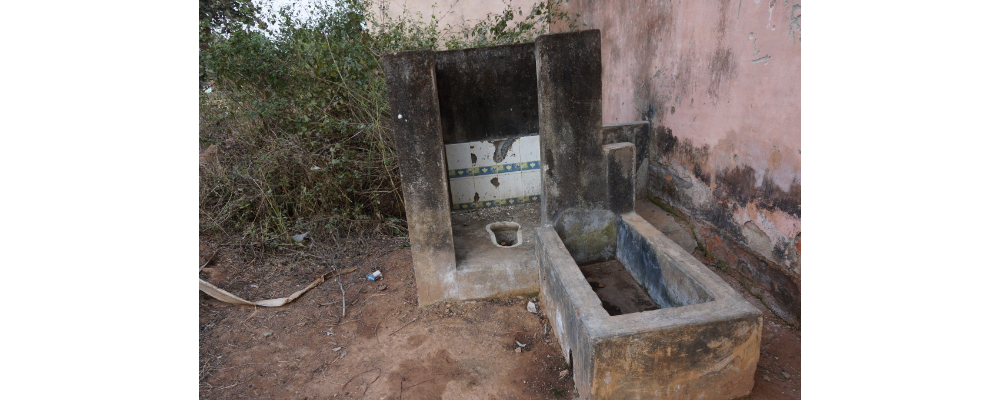- Authors: Nathan Franz and Sangita Vyas
- Download paper
Can coercive policies increase social desirability bias in survey responses and attenuate well-studied empirical correlations? This paper studies this question in the context of a large-scale sanitation program in India that commonly used coercive tactics to encourage rural households to build and use latrines. The association between child height and open defecation is attenuated in India's most recent Demographic and Health Survey (DHS), which collected data after the program, compared to three prior rounds of the DHS. This finding is consistent with greater under-reporting of open defecation brought about by the coercive program. The attenuation in the height-open defecation relationship is only present in the most recent DHS. Attenuation is even greater among subgroups who are more likely to know the socially desirable answer to the question on open defecation, and among subgroups who were more likely to have personally experienced coercion. These findings cannot be explained by changes in disease transmission pathways brought about by increases in the use of soap, deworming, or drinking water treatment, or by increases in measurement error for child height. Using a simple analytical model of measurement error, our results imply that about half of rural Indian households still defecate in the open, as opposed to 27 percent who self-reported doing so in the most recent DHS.

